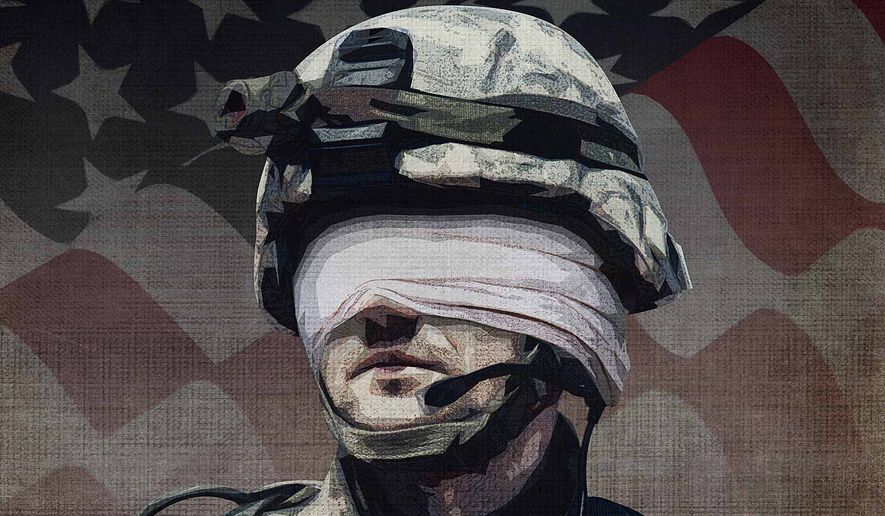District Commander: on sale, sale, sale!
September 29, 2020 1 Comment

Starting today, District Commander Kandahar is on sale from Hollandspiele!
In fact, all three District Commander games are currently on sale.
Buy two and use the discount code “DCdiscount” at checkout will save an additional $5.
Buy all three modules and use “traingames” to save an extra $10.
I’ve made it, I’ve become a discount code!
I really like Tom’s ad copy for this one:
District Commander: Kandahar simulates the problems facing insurgent and counterinsurgent commanders in southern Afghanistan circa 2009-2010. This is not Brian Train’s first or even second game about this conflict, and you might be wondering, what does this one have to offer? We think that the District Commander system – with its emphasis on bluff and deception, scarce resources, and shifting operational goals – is an especially good fit for capturing the pace and nature of operations in Afghanistan.
Brian Train’s District Commander is a series of operational games on counterinsurgency situations. The players alternate activation of groups of units (stacks) to perform discrete operations (missions) through the expenditure of Task Points (TP). Some missions are Tactical Missions – straightforward military tasks such as performing patrols, ambushing or attacking enemy forces, or moving from one place to another – and these may be performed multiple times by a stack during a turn. Other missions emphasize the “non-tactical” end of the campaign, establishing friendly influence, control, and infrastructure in an area, reducing the enemy’s claim to the same, and recruiting or training troops. These missions take more time to perform and so unlike the tactical missions may be the only mission performed by the stack during the turn.
Missions are resolved by play of secretly-held Chance Chits, each with ratings that are better or worse for certain types of operations. Chits are played simultaneously and the ratings compared, modified by units, assets, and the current board state to determine the outcome. Using the right chit at the right time – knowing when to save a good chit for later and when to use it, and trying to determine if your opponent is going all-in or holding back – will require steely judgment in an atmosphere of doubt and deception.
All this is done in pursuit of objectives handed down to you by your superiors (i.e., chosen randomly) and kept secret from your opponent – objectives that may even change over the course of the game. Within this framework, the two sides – Government and Insurgent – play very differently, with the Insurgent player, in particular, depending on bluff and deception to achieve their goals. A large number of variant rules allow you to turn the game into a sandbox for exploring counterinsurgency doctrine and practice.
Now go have fun in the sandbox….







Recent Comments